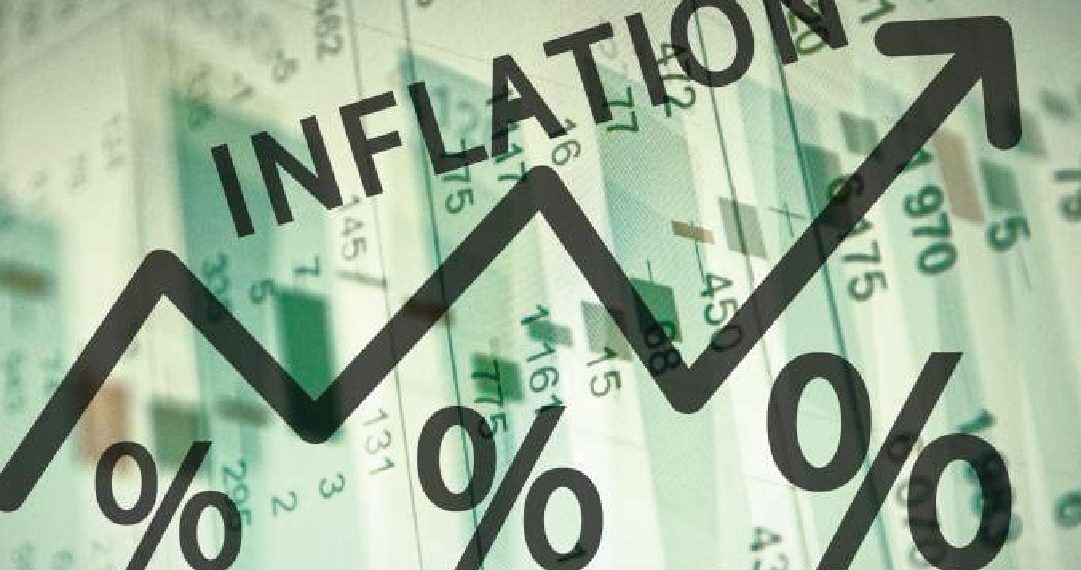The U.S dollar steadied on Monday, February 6, after poor wages data pushed back any speculation of a near-term rise in Federal Reserve interest rates.
In a calm start to the week, the Aussie dollar was the biggest mover among the G10 group of major currencies, down almost half a percent after a weaker batch of retail sales numbers, Reuters reports.
The euro was also a third of a percent weaker, retreating to $1.0746 compared with last week’s seven-week highs above $1.08.
“I’d like to hope that we naturally go back to buying the dollar, that seems the logical argument underneath it all,” said Richard Benson, co-head of portfolio management with currency fund Millennium Global in London.
“At some point, equities in the U.S. should drag yields higher. The market is really just looking for another story.”
Speculators trimmed their bullish dollar bets for a fourth straight week through Jan. 31, with net long positions falling to their lowest since late October, according to data from the Commodity Futures Trading Commission released on Friday and calculations by Reuters.
“Dollar bulls are bailing out almost as fast as bond bears,” Societe Generale strategist Kit Juckes wrote in a morning note. “Another choppy week in prospect for G10 currencies overall.”
Equity markets, and the overall strength of U.S. economic data, continue to back the bullish dollar calls that dominated at the end of last year.













